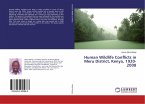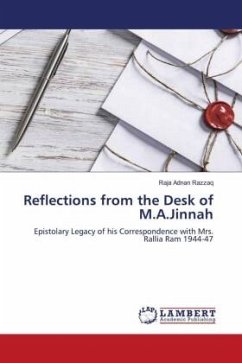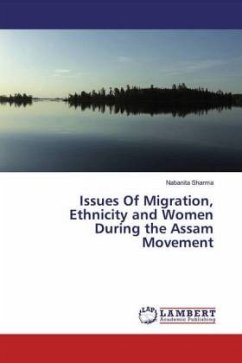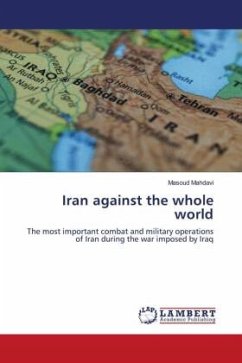The defeat of the Japanese military and government on the Home Islands through an aerial bombing campaign, instead of the expected bloody land invasion, brought the last Axis power of World War II to an unconditional surrender quickly with the use of incendiary, mining and atomic bombings. Much has been written on the air victory of the U. S. Army Air Forces in the post-war United States Strategic Bombing Survey. This book studies the Japanese side of this traumatic wartime event through the pre-war planning by the Japanese military and civilian government on how they thought aerial warfare in a future war might threaten their nation, how the preparations set in place before the war s start were modified during the conflict, and, finally, how these preparations and the planning behind them eventually collapsed before the various U. S. bombing offensives implemented against Japan. The author looks at attempts by the Japanese to modify and change their strategy, tactics and equipment as weaknesses developed based on their pre-war expectations and what actually occurred. A final listing of Japanese problems and failures is presented to explain how such an overwhelming defeat occurred.
Bitte wählen Sie Ihr Anliegen aus.
Rechnungen
Retourenschein anfordern
Bestellstatus
Storno








